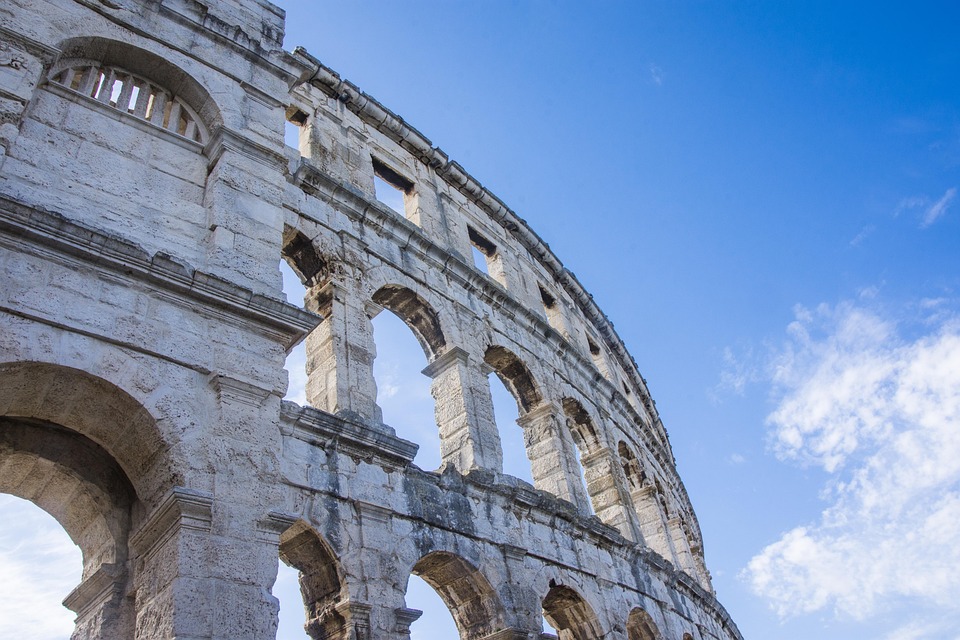Arenas have always been more than mere structures; they are the heartbeat of sport, entertainment, and culture. Across the globe, iconic arenas stand as monuments to human achievement, passion, and the spirit of competition. From the historic to the modern, each setting tells a unique story. This article explores some of the world’s most iconic arenas, comparing their architectural grandeur, historical significance, and cultural impact.
1. Madison Square Garden (New York City, USA)
Overview
Often dubbed "The World’s Most Famous Arena," Madison Square Garden is synonymous with top-tier sporting events, concerts, and cultural milestones. Opened in 1968, it has a seating capacity of around 20,000 and has hosted everything from NBA games to the iconic "Fight of the Century" between Muhammad Ali and Joe Frazier.
Highlights
- Historical Significance: Hosting major events for decades has solidified its legacy.
- Cultural Impact: The Garden serves as a rite of passage for artists, with legends like Elvis Presley and Billy Joel gracing its stage.
- Architecture: Its modern design incorporates state-of-the-art technology while maintaining an iconic circular shape.
2. Colosseum (Rome, Italy)
Overview
An ancient marvel, the Colosseum is a testament to Roman engineering and a symbol of the gladiatorial games. Completed in AD 80, it could hold up to 80,000 spectators, showcasing brutal contests and entertainment for centuries.
Highlights
- Historical Significance: A UNESCO World Heritage site that speaks to the glory and excess of ancient Rome.
- Cultural Impact: It remains a symbol of Rome and its historical narrative.
- Architecture: Ingeniously constructed with arches and vaults, it reflects the architectural ingenuity of the Roman Empire.
3. Wembley Stadium (London, England)
Overview
Home to England’s national football team, Wembley Stadium is a modern icon completed in 2007, boasting a capacity of 90,000. It has hosted various significant sporting events, including the FA Cup Final and the UEFA Champions League finals.
Highlights
- Historical Significance: The original Wembley, built in 1923, was known for the famous "White Horse Final," while the new Wembley continues its legacy.
- Cultural Impact: Regularly hosts major concerts, attracting global superstars like Queen and Beyoncé.
- Architecture: The stadium features a hauntingly beautiful arch, a hallmark of modern design, symbolizing London’s skyline.
4. Melbourne Cricket Ground (Melbourne, Australia)
Overview
The Melbourne Cricket Ground (MCG) is the largest stadium in Australia and one of the most prestigious cricket venues worldwide. With a capacity of 100,000, it has hosted the Olympic Games and World Cup finals.
Highlights
- Historical Significance: Established in 1853, it is deeply embedded in Australian sports culture.
- Cultural Impact: The MCG is the birthplace of Australian Rules Football, and its annual Boxing Day Test match is a national event.
- Architecture: The mix of traditional and modern stands makes it a captivating arena, blending history with contemporary functionality.
5. Allegiant Stadium (Las Vegas, USA)
Overview
The newest contender on the list is Allegiant Stadium, home to the NFL’s Las Vegas Raiders, opened in 2020. This state-of-the-art facility is a marvel, with a capacity of 65,000 and cutting-edge technology.
Highlights
- Historical Significance: As a new venue, it signifies the growth of Las Vegas as a sports hub.
- Cultural Impact: The stadium is designed to host major events, including the Super Bowl and concerts, further establishing Vegas’s entertainment dominance.
- Architecture: Its sleek, futuristic facade complements the vibrant cityscape and serves as a beacon in the desert.
Conclusion
The debate over which arena holds the title of the most iconic is deeply subjective and rooted in personal experiences and affiliations. Madison Square Garden captivates with its diverse events, while the Colosseum enchants with its ancient history. Wembley Stadium, MCG, and Allegiant Stadium each bring their distinctive flavors to the table, representing the cultural significance of sport and entertainment.
As we continue to build and cherish these monumental spaces, each arena not only houses events but also shapes memories, fosters community, and, ultimately, creates a lasting legacy for generations to come. Whether you’re a sports enthusiast, a concert-goer, or a history buff, these arenas represent much more than their concrete structures—they embody the collective human spirit.



